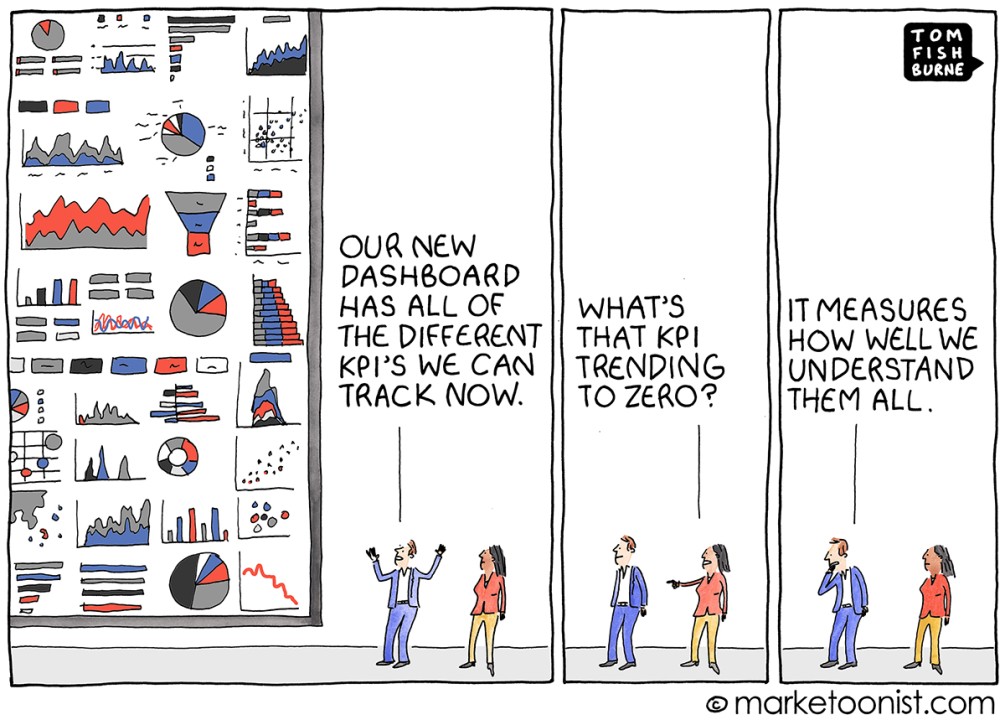- Solve for the right market
- Find your customer
- Hit product and channel market fit
- Hit monthly and quarterly growth milestones
Strong metrics underlie the whole journey.
Strong leading metrics are a must-have, and startups are setting themselves up for failure if they don’t hit those benchmarks
Revenue numbers lag strong leading indicators. If there is a PMF, leading indicators will inflect first and become critical to track (not more than 3) to gauge product love.
Our goal through this post is to set good benchmarks for consumer startups based on learnings from our portfolio.
Genesis of metrics – and identifying healthy startup growth
The success of young consumer startups hinges on LifeTime Value (LTV) and acquisition costs.
LTV is the total value derived from a customer through their engagement with your product/solution. Growth is driven by new revenue (acquiring new customers and making them spend) and repeat revenue (repeat purchases made by previously acquired customers). High LTVs are driven by healthy repeat behaviour. Hubspot forms a great case study of how they used LTV (with CAC) to diagnose unprofitable growth and double down on better channels (1)
Is there a case for high ticket size, low-frequency markets? There is, if such markets (wedding services, home design marketplaces etc.) drive enough value from that single transaction that justifies the customer acquisition costs. Further, they are more outliers than the norm. Most businesses need to drive repeat behavior to become sustainable.
With the overall theme being set, let us dive straight into some of the relevant models –
Consumer Tech
Most consumer tech plays are apps that involve people performing some action on the app – browsing, playing, placing orders, messaging, etc. which translates into having them spend time on the app.
High engagement/time spent leads to better monetization through in-app purchases, payment renewals, etc. which leads to higher LTVs – you don’t have to keep acquiring new users to fuel growth.
DAU/MAU* OR WAU(Weekly)/MAU become critical metrics to gauge product performance – and it is generally one of the most preferred measures to understand how well the product is solving for the demand.
DAU/MAU gives the % of monthly users who use the app daily. (Similarly for WAU/DAU)
Are your users finding a need to open the app frequently? Think of the number of times you open WhatsApp or Chrome in a day. This makes it critical to monitor DAU/MAU (or WAU/MAU) religiously.
On average, DAU/MAU should range between 10-20% depending on the natural frequency of use as per Sequoia’s ‘14 benchmarks, with truly engaging apps posting a 20%+ DAU/MAU.
The benchmarks below are global, and we use them depending on the category.
Twitter – 30%
Facebook – 50%
WhatsApp – 70%
Gaming apps would typically trend over 30-40%.
Over the last few years, more social/community-driven apps have entered the market and enjoy higher engagement values.
Referring to a16z’s social app benchmarks – the social consumer tech categories like social shopping, discovery platforms and communities on an average rank between 30-50%, read here (2)
D2C/Internet first Brands:
Internet brands tap into fast-growing high-frequency categories through online discovery and purchase.
Transaction Models
We want to tap categories with high LTVs – built through strong repeats. Repeats are the best indications of PMF for brands – measured as the % of monthly customers who buy again. The timeline of the repeat purchase depends on the category, but we feel the following benchmarks will be healthy bets to indicate strong product love.
Our experience from our D2C portfolio indicates that good repeats range anywhere between 40-60% with all of our most successful brands tracking in those ranges and some shooting over 70% too.
Categories falling into high-frequency consumption – ideal repeat % should be between 50-60% – these include products like skin care, hair care, sanitary pads, cosmetics, casual clothing, etc.
If we are looking at lower frequency purchases like ethnic Indian clothing, we should aim for 40%-50%.
Subscription Models
Subscription brands also track retention, measured for a cohort.
Brands who have hit PMF would track at 3-month retention upwards of 50-60%.
We have seen 90-day retention exceeding 80% within our Portfolio, exceeding the global gold standard of consumer subscription businesses, Dollar Shave Club, which claims to have a 60% 3-month retention. (3)
Conclusion
LTV is at the heart of profitable growth –
- For D2C brands, high LTVs are a result of strong repeats and a healthy repeat % will be between 40-60%
- For consumer subscriptions – strong LTVs are driven by strong retention -50-60% 90-day retention indicates strong retention
- For DAU/MAU – strong app engagement measured by DAU (or WAU)/MAU drive good LTVs and in our opinion, strong consumer apps should try and exceed 25%
Usage/Engagement and Repeats drive sustainable venture growth and will continue to do so in any variation of the digital economy.
If you feel you are hitting such numbers – please write in at – sunitha@kae-capital.com and sarthak@kae-capital.com . We would love to hear from you!
